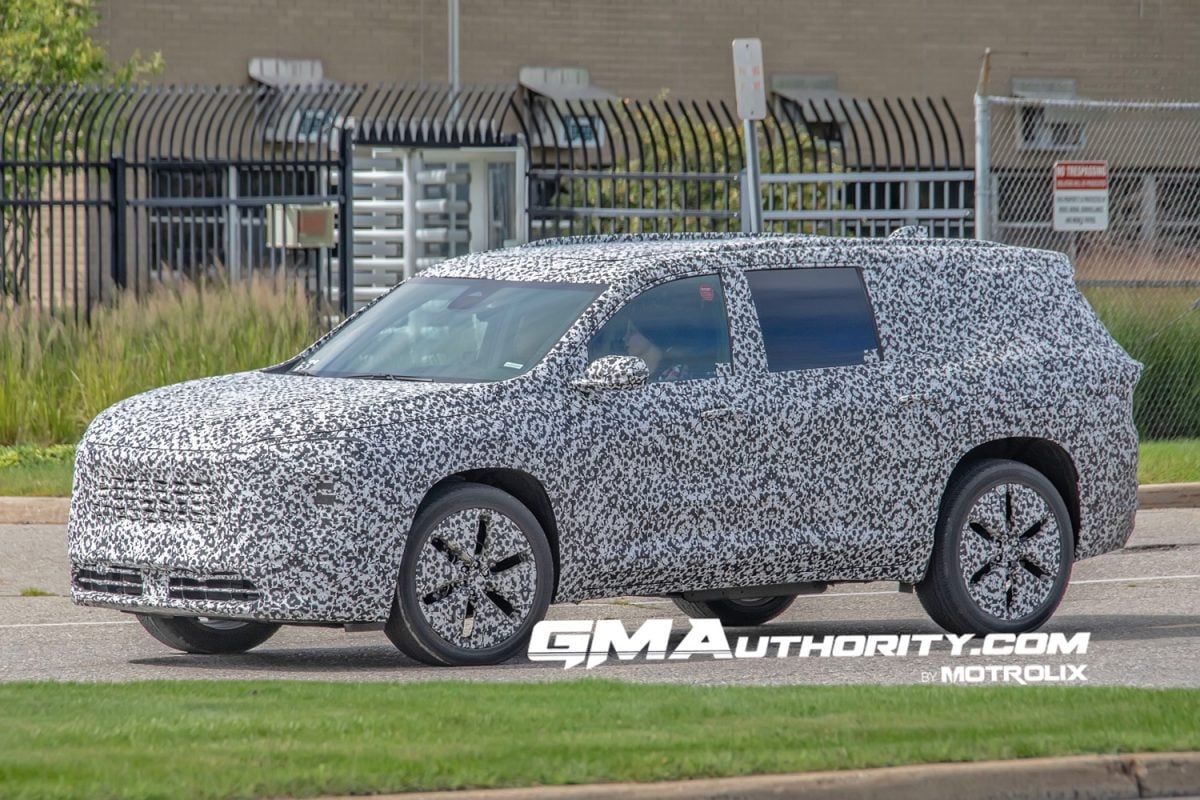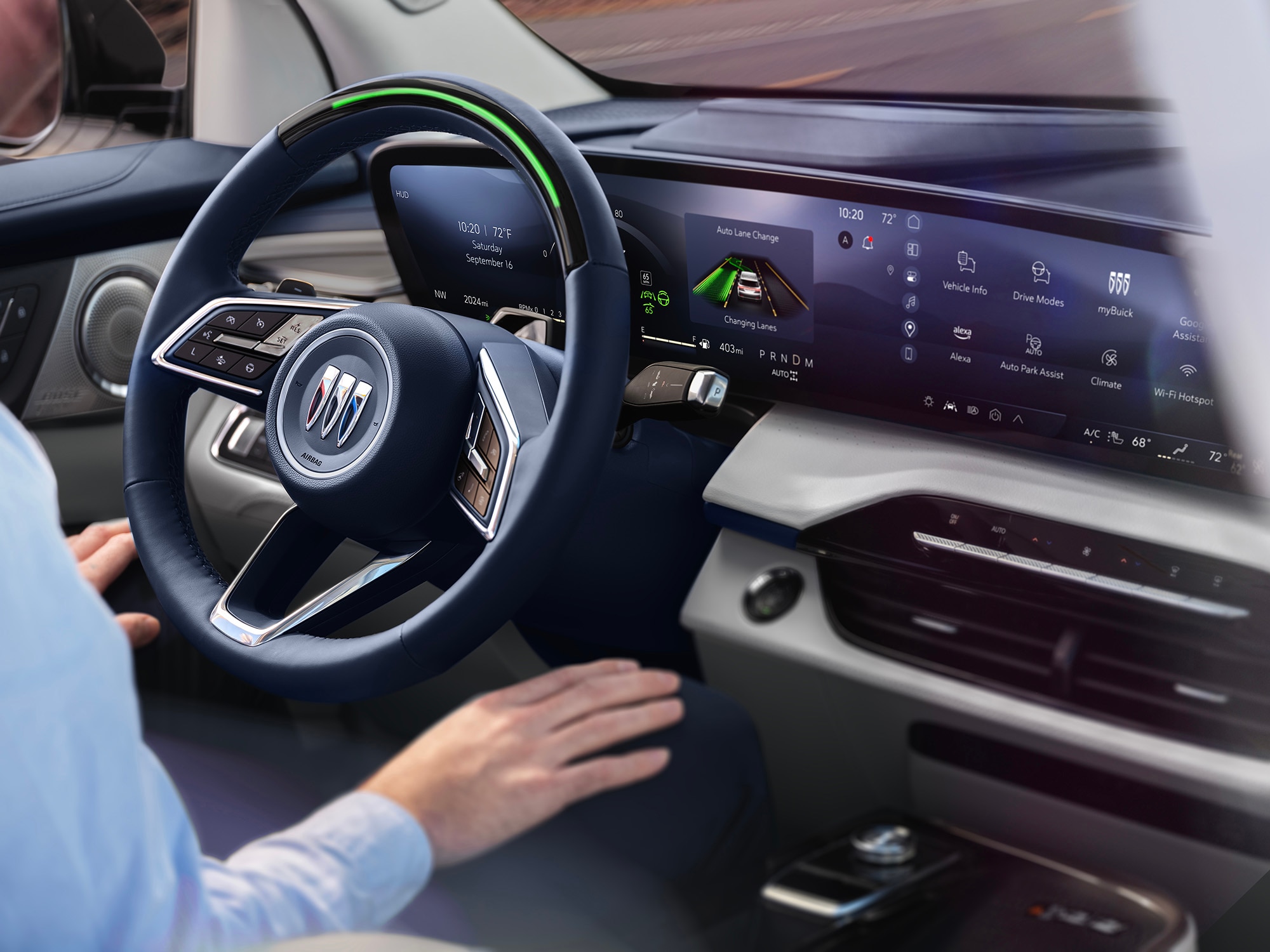
Where is the 2025 Buick Enclave Made? A Look at the Journey from Factory Floor to Showroom
The 2025 Buick Enclave, a stylish and sophisticated SUV, represents a pinnacle of American automotive engineering. But where does this vehicle begin its journey, from the raw materials to the finished product? The answer is not as simple as it might seem. While the Enclave is ultimately assembled in the United States, its creation involves a complex global network of suppliers and manufacturing processes.
The Core: Lansing Grand River Assembly Plant, Michigan
The heart of the 2025 Buick Enclave’s production lies in the Lansing Grand River Assembly Plant (LGR) in Lansing, Michigan. This state-of-the-art facility, boasting a history dating back to 1947, is responsible for the final assembly of the Enclave.
Here, skilled workers meticulously assemble the vehicle, integrating components sourced from various locations across the globe. The process involves:
- Body Shop: The Enclave’s body is constructed from steel and aluminum panels, which are precisely welded and joined to form the vehicle’s structure.
- Paint Shop: The body is then meticulously painted, ensuring a smooth and durable finish.
- Assembly Line: The painted body is then transported to the assembly line, where components like the engine, transmission, interior, and suspension are meticulously installed.
The Global Network of Suppliers
While the final assembly takes place in Michigan, the components that make up the 2025 Buick Enclave originate from a diverse network of suppliers across the globe.
- Engine: The Enclave’s 3.6L V6 engine, renowned for its power and efficiency, is manufactured in Flint, Michigan.
- Transmission: The 9-speed automatic transmission, seamlessly shifting gears for smooth performance, is sourced from St. Catharines, Ontario, Canada.
- Interior Components: The Enclave’s luxurious interior features components like leather seats, door panels, and dashboard components. These are often sourced from suppliers in Mexico, China, and South Korea.
- Electronics and Technology: The Enclave’s advanced infotainment system, driver assistance features, and other electronic components are often manufactured in Japan, Taiwan, and South Korea.
- Aluminum and Steel: The raw materials used for the Enclave’s body panels, sourced from suppliers in North America, Europe, and Asia, are crucial to the vehicle’s structural integrity.
The Journey of a Component: A Case Study
Let’s take a closer look at the journey of a single component, the Enclave’s leather seats, to understand the global network involved.
- Leather Sourcing: The high-quality leather used in the Enclave’s seats is sourced from tanneries in Italy and Argentina, renowned for their craftsmanship and expertise in leather production.
- Manufacturing: The leather is then shipped to a manufacturing facility in Mexico, where skilled workers meticulously cut, sew, and assemble the seats, ensuring comfort and durability.
- Shipping: The finished seats are then shipped to the Lansing Grand River Assembly Plant, where they are carefully integrated into the Enclave’s interior.
Beyond the Assembly Plant: Quality Control and Distribution
Once the Enclave is assembled, it undergoes rigorous quality control checks to ensure it meets Buick’s high standards. This process includes:
- Inspection: Each vehicle undergoes a thorough inspection, including visual checks, performance tests, and functional assessments.
- Testing: The Enclave is subjected to various tests, including crash testing, durability testing, and environmental testing, to ensure its safety, reliability, and performance.
After passing all quality control checks, the Enclave is shipped to dealerships across the United States, ready for its new owner.
The Impact of Globalization on Automotive Manufacturing
The global network of suppliers and manufacturers involved in the production of the 2025 Buick Enclave is a testament to the interconnectedness of the modern automotive industry. This global sourcing strategy offers several benefits:
- Cost Optimization: Sourcing components from different countries allows manufacturers to take advantage of lower labor costs and access to specialized materials.
- Increased Efficiency: By working with suppliers around the world, manufacturers can leverage expertise and technologies that may not be available domestically.
- Global Reach: The global network allows manufacturers to access markets worldwide, expanding their customer base and increasing sales.
However, this global network also presents challenges:
- Supply Chain Disruptions: Global events, such as natural disasters, political instability, and pandemics, can disrupt supply chains, leading to production delays and shortages.
- Trade Barriers: Tariffs and other trade barriers can increase costs and complicate sourcing strategies.
- Environmental Concerns: The transportation of components across the globe contributes to greenhouse gas emissions, raising concerns about the environmental impact of global sourcing.
The Future of Enclave Production: A Focus on Sustainability
As the automotive industry evolves, so too does the production of the 2025 Buick Enclave. The focus on sustainability is becoming increasingly important, with manufacturers actively seeking ways to reduce their environmental footprint.
- Electric Vehicles: The Enclave may eventually transition to an electric powertrain, requiring new production processes and sourcing strategies for battery components.
- Sustainable Materials: The use of recycled materials, renewable energy sources, and more efficient manufacturing processes are becoming key priorities for the future of Enclave production.
- Local Sourcing: Manufacturers are increasingly exploring ways to source components locally, reducing transportation costs and emissions.
Conclusion: A Global Journey for a Domestic Icon
The 2025 Buick Enclave, while assembled in the United States, represents a global collaboration. Its journey from raw materials to a finished product involves a network of suppliers, manufacturers, and skilled workers across the globe. As the automotive industry continues to evolve, the production of the Enclave will undoubtedly adapt, incorporating new technologies and sustainability initiatives.
Understanding the global network behind the Enclave allows us to appreciate the complexity and interconnectedness of the modern automotive industry. It also highlights the importance of responsible sourcing, sustainable manufacturing practices, and the ongoing efforts to reduce the environmental impact of vehicle production. The 2025 Buick Enclave, in its journey from factory floor to showroom, exemplifies the global nature of the modern automotive industry.



![2025 Buick Enclave: Release Date, Price And Design [Update]](https://electriccarhindime.com/wp-content/uploads/2023/08/image-27-1024x576.png)



